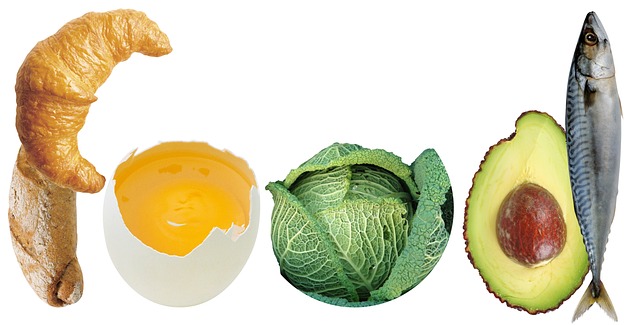Desertification is one of the most pressing environmental challenges of our time, impacting millions of people and ecosystems across the globe. As climate change accelerates, arid lands are increasingly becoming barren wastelands, losing their capacity to support life, agriculture, and human livelihood. However, within this bleak picture lies a critical opportunity for hope and restoration: nutrient cycling.
Nutrient cycling refers to the natural process that facilitates the transfer of essential nutrients through the environment, sustaining ecosystems and fostering resilience in various climates. In arid regions, where resources are scarce, understanding and enhancing nutrient cycling can be pivotal in combating the impacts of desertification. This process not only revitalizes soil health but also promotes biodiversity, offering a lifeline to both flora and fauna struggling to survive in increasingly harsh conditions.
The connection between nutrient cycling and desertification can be seen vividly when examining the effects of climate change. Alterations in rainfall patterns, increased temperatures, and shifting seasons disrupt traditional nutrient flows. Currently used land management practices often exacerbate these issues, leading to further degradation. Yet, the rejuvenation of our Earth does not require monumental shifts but rather an intricate understanding of existing natural processes.
For instance, integrating organic matter such as compost or mulching can significantly improve soil structure and function, enhancing moisture retention while boosting nutrient availability. Native plants, with their deep-root systems, can cycle nutrients more effectively, drawing them from deeper soil layers and returning them to the upper layers as they shed leaves or die. By restoring native vegetation, we can enhance ecosystem resilience, create habitats for wildlife, and mitigate the negative effects of climate change.
Moreover, embracing traditional and indigenous knowledge about nutrient cycling can provide invaluable insights. Communities that have thrived in arid environments for generations possess time-tested strategies to manage and enrich the land. Their practices, combined with modern scientific understanding, could facilitate sustainable agricultural techniques that make the most of what these environments have to offer.
As we pursue climate change adaptation strategies, it is essential to recognize that nutrient cycling isn’t just a scientific concept; it is a lifeline for communities that depend on healthy ecosystems. Empowering local populations to actively engage in sustainable land management can yield transformative results. When people view themselves as stewards of the land, they begin to enact changes that promote healthy nutrient cycling, ultimately leading to a more resilient and productive environment.
In this era of climate uncertainty, reviving arid lands through focusing on nutrient cycling offers us a chance to heal, adapt, and persevere. By harnessing the power of nature and encouraging practices that respect the delicate balance of ecosystems, we can cultivate hope in the face of desertification. The goal is not merely to restore the land but to create enduring systems that sustain both the environment and the communities interconnected within it.


